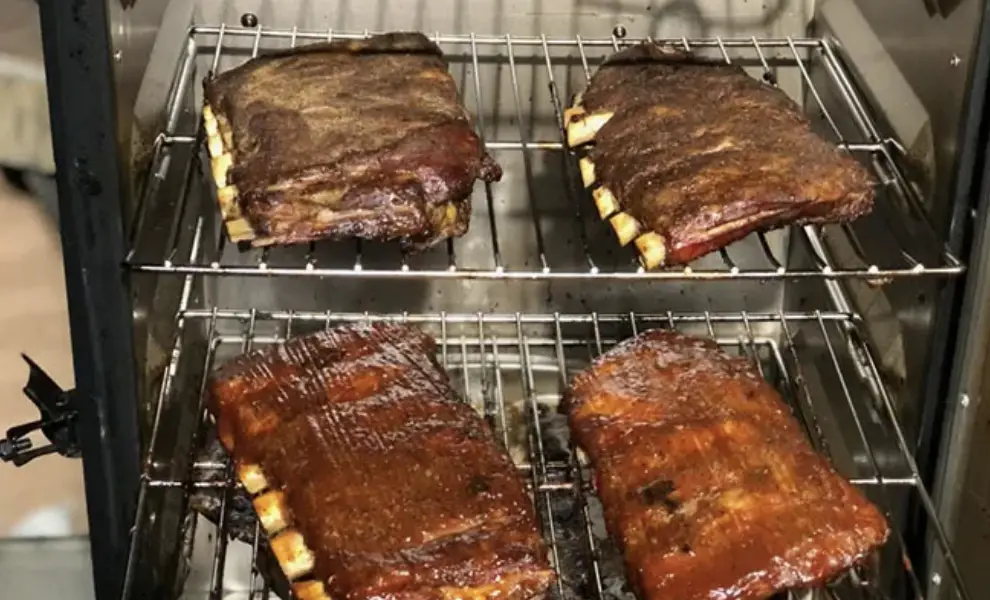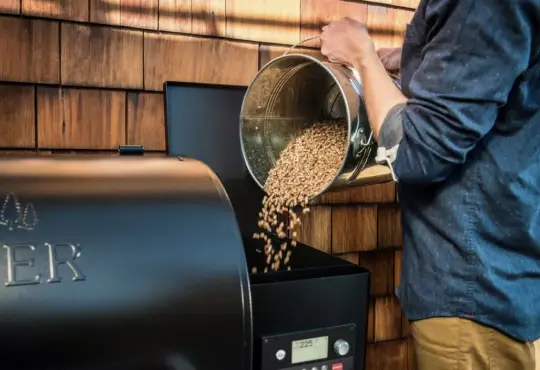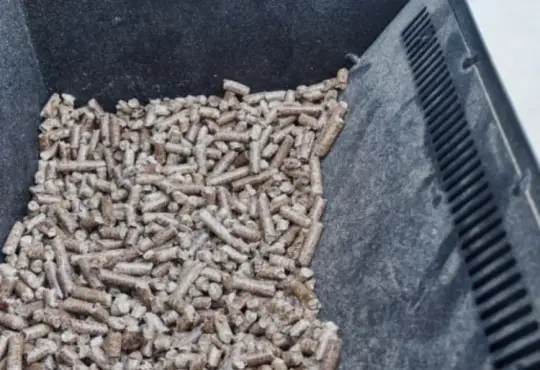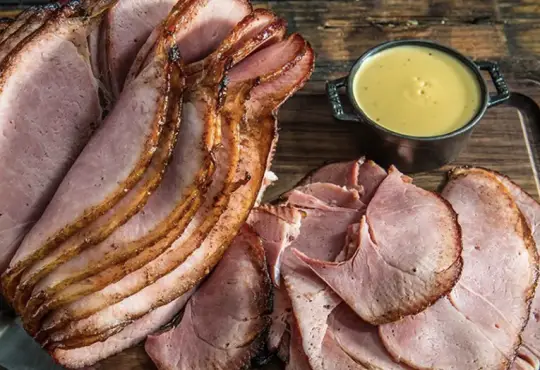
The Smoke and Sizzle: How Does Humidity Affect Smoking Meat?
Smoking meat is an art that combines precise techniques, temperatures, and attention to detail. However, there’s another factor that can impact the outcome of your smoking endeavors: humidity. The level of humidity in the air can influence how your meat absorbs smoke, retains moisture, and develops that coveted bark. In this blog post, we’ll explore the relationship between humidity and smoking meat, shedding light on how this often-overlooked element can play a significant role in your culinary adventures.
Understanding the Role of Humidity:
Humidity refers to the amount of moisture present in the air. While it might seem like an unrelated factor to smoking meat, it actually has a noticeable impact on the overall process and results.
1. Smoke Absorption: Humidity can affect how well meat absorbs smoke. In a dry environment, meat tends to absorb smoke more readily, resulting in a deeper smoky flavor. Conversely, in a high-humidity environment, the meat’s surface can become moist, potentially forming a barrier that hinders smoke absorption.
2. Moisture Retention: Smoking meat is a delicate balance between imparting flavor and retaining moisture. When humidity is low, the dry air can cause the meat to lose moisture faster, leading to a drier end product. However, high humidity can help the meat retain moisture, resulting in juicy, succulent dishes.
3. Bark Formation: The bark, the flavorful crust that develops on the exterior of smoked meat, is influenced by humidity. In drier conditions, the bark can form more easily and become thicker. High humidity might result in a softer bark due to the moisture on the meat’s surface.
4. Temperature Regulation: Humidity can affect how efficiently your smoker maintains its temperature. In humid conditions, the smoker might have to work harder to reach and maintain the desired temperature due to the presence of moisture in the air.
5. Smoking Time: Humidity can impact smoking time. Meat might take longer to smoke in high humidity due to the increased moisture content on the surface, which can slow down the cooking process.
Adjusting for Humidity:
1. Dry Environment: In dry conditions, you may need to spritz the meat with a liquid (such as water, apple cider vinegar, or fruit juice) periodically to prevent it from drying out too quickly.
2. High Humidity: In high humidity, consider allowing the meat to air dry for a short period before smoking to ensure better smoke absorption.
3. Bark Development: For those who prefer a thicker, robust bark, lower humidity levels might be beneficial. If you enjoy a softer bark, smoking in slightly higher humidity can help.
4. Monitoring Conditions: Keep track of humidity levels while smoking. This information can help you adjust your smoking technique accordingly.
Conclusion:
Humidity is an often-unseen player in the world of smoking meat, but it can significantly impact the flavor, texture, and overall outcome of your dishes. By understanding how humidity influences smoke absorption, moisture retention, bark formation, and more, you can adapt your smoking technique to create the perfect balance for your desired results. Whether you’re smoking in dry or humid conditions, remember that a combination of technique, experimentation, and a deep appreciation for the art of smoking will help you achieve those mouthwatering, smoky creations that leave your taste buds longing for more.






